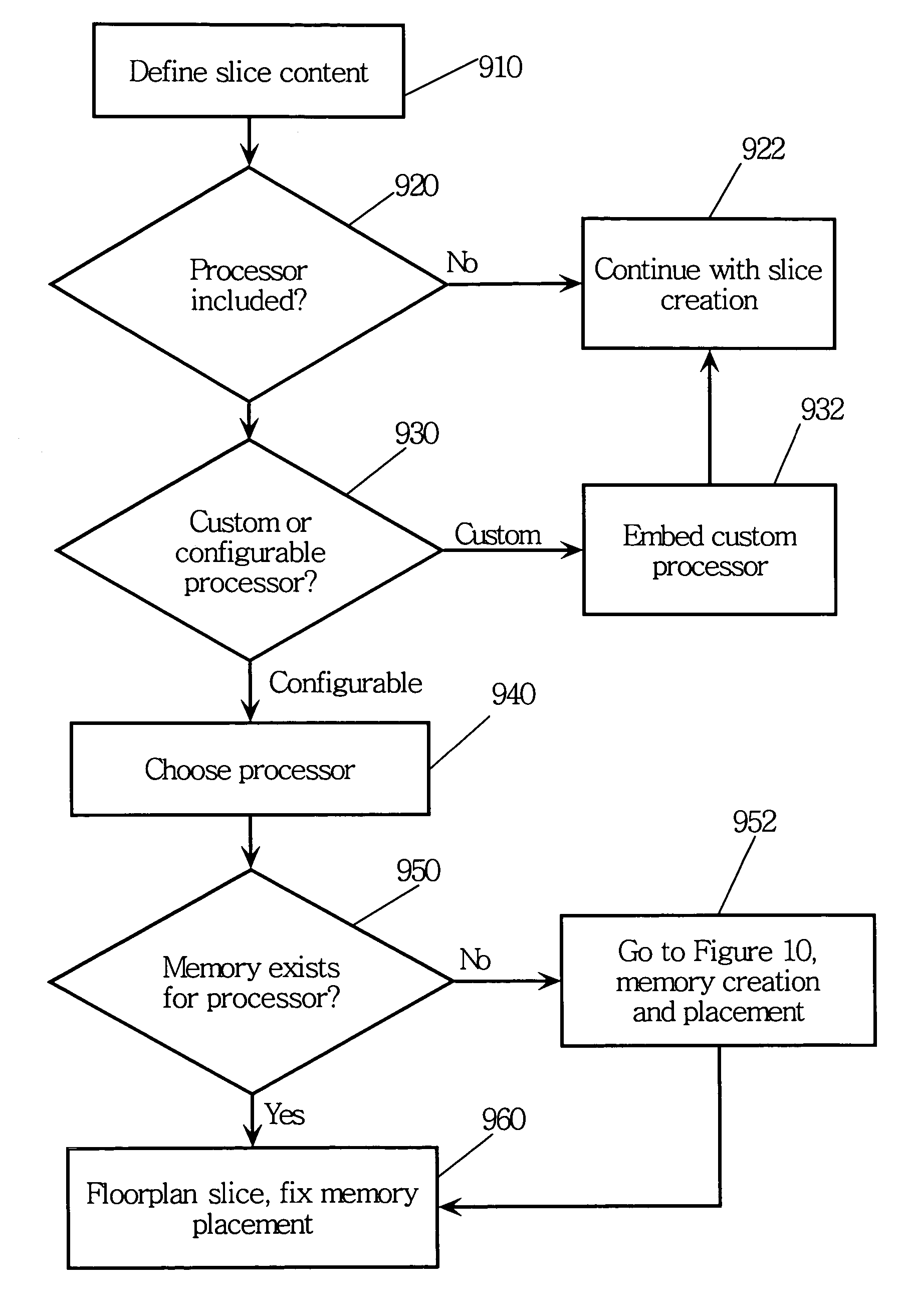Flexible design for memory use in integrated circuits
a technology of integrated circuits and flexible design, applied in the field of electronic circuit design, can solve the problems of increasing complexity of integrated circuits and chips, increasing the speed and capacity of chips, and increasing the difficulty of designing and manufacturing chips that perform as actually desired
- Summary
- Abstract
- Description
- Claims
- Application Information
AI Technical Summary
Benefits of technology
Problems solved by technology
Method used
Image
Examples
Embodiment Construction
[0030]Referring to the drawings, FIG. 1 illustrates an exemplary computer system 10 upon which a register / memory allocation tool as disclosed herein could be installed and / or used. Computer system 10 is illustrated as a networked computer system that includes one or more client computers 12, 14 and 20 such as workstations coupled through a network 18 to a server 16. Server 16 could also be a personal computer, a workstation, a midrange computer, or a mainframe computer. While shown here as a point-to-point connection, computers 12 and 14 need not be coupled to server 16 directly, but may be coupled to yet another network which in turn is connected to server 16. Network 18 represents any type of networked interconnection including but not limited to local-area, wide-area, wireless, and public networks such as the Internet or an Intranet, and any number of routers and hubs connected in between, e.g., a local-area network to a wide-area network to the Internet through a series of route...
PUM
 Login to View More
Login to View More Abstract
Description
Claims
Application Information
 Login to View More
Login to View More - R&D
- Intellectual Property
- Life Sciences
- Materials
- Tech Scout
- Unparalleled Data Quality
- Higher Quality Content
- 60% Fewer Hallucinations
Browse by: Latest US Patents, China's latest patents, Technical Efficacy Thesaurus, Application Domain, Technology Topic, Popular Technical Reports.
© 2025 PatSnap. All rights reserved.Legal|Privacy policy|Modern Slavery Act Transparency Statement|Sitemap|About US| Contact US: help@patsnap.com



